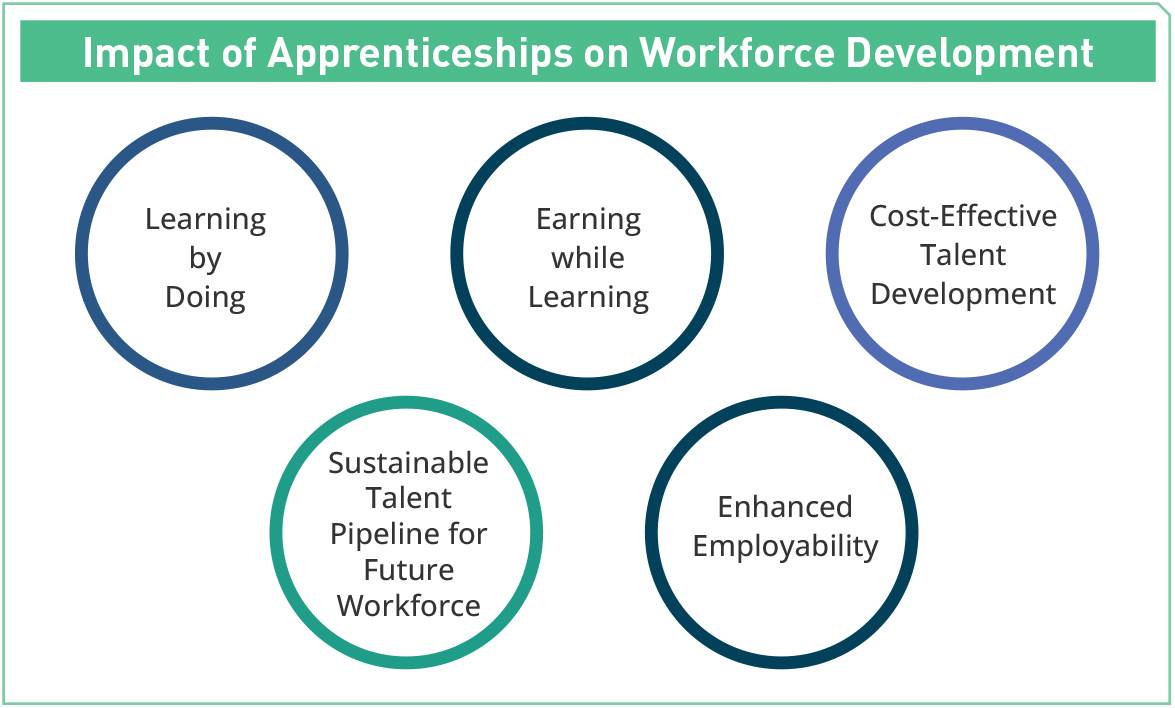Bridging the Skill Gap

With the sector advancing at an impressive CAGR of 25-30 percent, projections indicate the creation of 12 million jobs, encompassing 3 million direct and 9 million indirect roles. However, a pressing deficit of 10 million trained professionals underscores the urgent need to bridge this gap to sustain and amplify India’s growth in the Electronics sector.
India’s Electronics industry is witnessing unprecedented growth, inspired by Prime Minister Narendra Modi’s vision of making the country a US$ 500 billion electronics manufacturing hub by 2030. TeamLease Degree Apprenticeship, the largest privately-owned Degree Apprenticeship program from the house of TeamLease Services, has released a crucial report highlighting a significant skills gap in the industry, potentially impacting its growth.
As the industry diversifies into areas such as Communication and Broadcast Electronics, Consumer Electronics, Industrial Electronics, and Aerospace and Defence Electronics, the demand for specialized skills has surged. The growing requirements for components like semiconductors and electromechanical parts further intensify this challenge. Despite the Government’s extensive support through programs like the Production Linked Incentive (PLI) Schemes, the Scheme for Promotion of Manufacturing of Electronic Components and Semiconductors (SPECS), Modified Electronics Manufacturing Clusters (EMC 2.0) the Electronics Development Fund (EDF), and initiatives under ‘Make in India’ and ‘Digital India,’ the talent pool remains underprepared.
Many job seekers lack the technical skills, practical experience, and industry alignment, essential to meet employer expectations, creating a bottleneck in this otherwise promising sector. With a production value reaching US$ 101 billion in FY 2023, including US$ 86 billion in finished goods and US$ 15 billion in components, addressing this skills mismatch is vital to maintain the industry’s momentum and enhance global competitiveness.

While India is making strides toward self-sufficiency, especially in electro-mechanical and passive components, challenges remain. The sector’s dependence on imported semiconductors and PCBs elevates costs and exposes supply chains to global risks. With fierce competition from established players like China, which benefits from lower production costs, and a growing domestic skills deficit in advanced manufacturing, India’s ambitions face potential threats. Building a robust domestic ecosystem, reducing import reliance, and investing in workforce development are imperative to solidify India’s global electronics production and innovation leader position.
Sharing his insights, AR Ramesh, CEO, of TeamLease Degree Apprenticeship, emphasized, “India is on the cusp of becoming a global leader in electronics manufacturing, with domestic production reaching US$ 101 billion in FY23, driven by segments such as Mobile Phones (43%), Consumer Electronics (12%), Industrial Electronics (12%), and Auto Electronics (8%). As demand surges in areas like semiconductors, electronic components, and electronic system design, the industry faces a significant workforce shortfall despite Government initiatives like the Semiconductor Mission and EDF. By FY 2027-28, the industry will require 12 million professionals—3 million in direct roles and 9 million in indirect roles, yet a staggering skills gap of 10 million persists. Bridging this gap demands a robust focus on skill development, blending classroom learning with hands-on training through apprenticeships. Scaling the apprenticeship ecosystem, currently growing at a 55 percent CAGR and projected to reach 1 million apprentices by 2027 to 2 million apprentices, can create a steady talent pipeline to meet industry needs. Additionally, strengthening industry-academia collaboration is crucial to doubling the 2 million graduates entering the workforce annually by FY 2027-28 to 4 million. These efforts will address immediate workforce challenges and accelerate India’s transition into advanced domains like AI, IoT, and Industry 4.0, positioning the country as a global leader in electronics production and innovation.”
Sumit Kumar, Chief Strategy Officer, TeamLease Degree Apprenticeship, added, “India’s Electronics Manufacturing sector stands at a pivotal moment, driven by transformational Government initiatives and growing global demand, yet burdened by a significant 10 million skill gap that threatens to hinder its potential. With the sector projected to create 12 million direct and indirect jobs over the next three years, addressing this gap is critical to realizing its growth. Policies such as the PLI Scheme, which has attracted `1.97 lakh crore in investments across 14 key sectors, including electronics, and Employment Linked Incentives (ELI) designed to spur job creation, have set a strong foundation. However, challenges remain, including India’s less than 1 percent participation in the global electronics value chain and dependence on imports for critical components, coupled with concerning employability rates—engineering graduates at 60 percent, general graduates at 50 percent, ITI-qualified candidates at 40 percent, and other fields between 38-60 percent, with these trends likely to persist until 2027. Rising demand across high-growth areas such as semiconductors, drones, electric vehicles, solar panels, IT and telecom hardware, consumer electronics, and industrial electronics, fueled by India’s emergence as a global R&D hub and the world’s third-largest startup ecosystem, highlights the urgent need for a highly skilled workforce.”
| By aligning academic curricula with industry requirements, scaling workforce development efforts, and building a robust talent pipeline, India can overcome these challenges and unlock the full potential of its electronics industry, ensuring sustainable growth and positioning itself as a global leader in this dynamic sector. |
To bridge this gap, a multi-pronged strategy is essential, focusing on doubling the current 55 percent CAGR in apprenticeships, reskilling and upskilling over 50 percent of the workforce, fostering stronger industry-academia collaboration through initiatives like Apprenticeship Embedded Degree Programs (AEDP) under the National Education Policy (NEP), and addressing the alarmingly low ITI enrolment rate of 48 percent. By aligning academic curricula with industry requirements, scaling workforce development efforts, and building a robust talent pipeline, India can overcome these challenges and unlock the full potential of its Electronics industry, ensuring sustainable growth and positioning itself as a global leader in this dynamic sector.
Source: TeamLease




 Facebook
Facebook.png) Twitter
Twitter Linkedin
Linkedin Subscribe
Subscribe